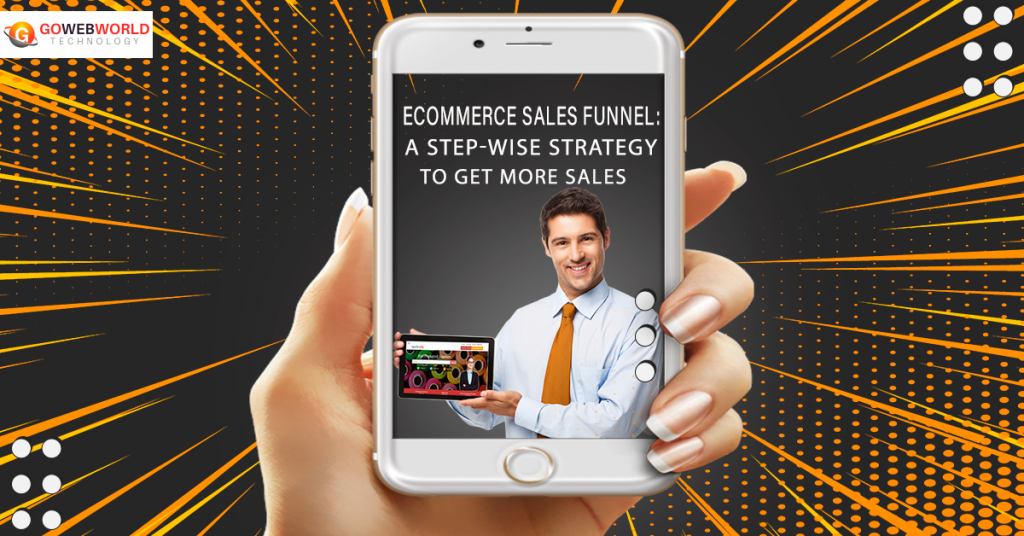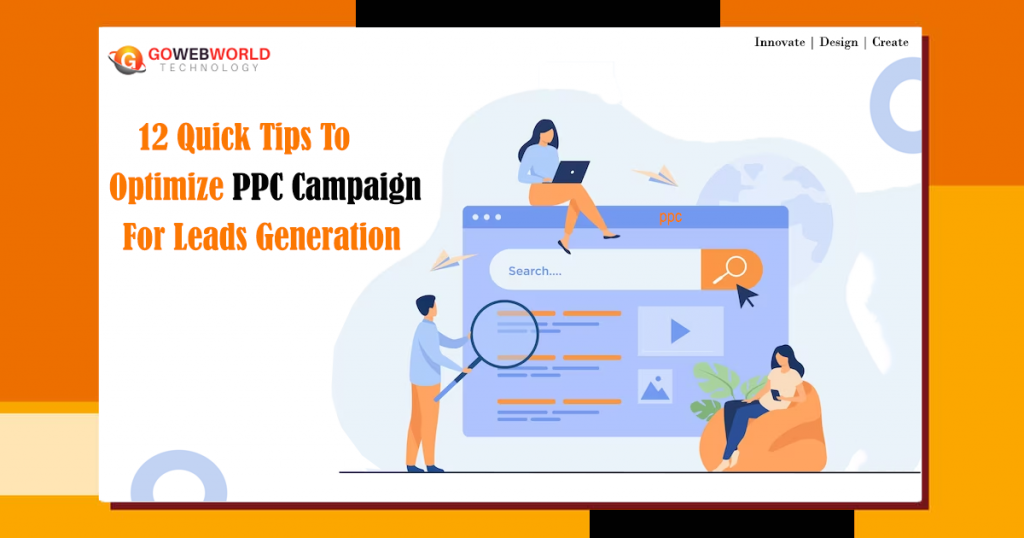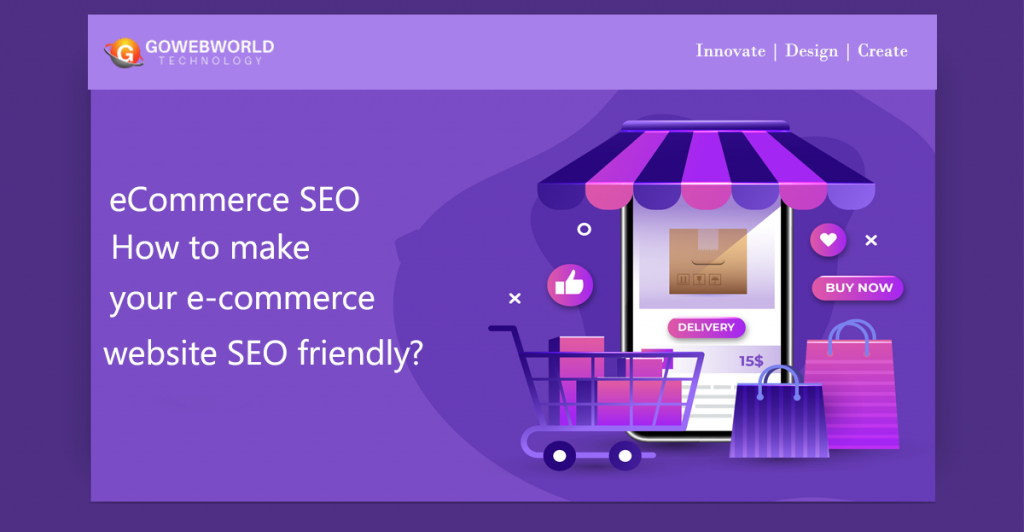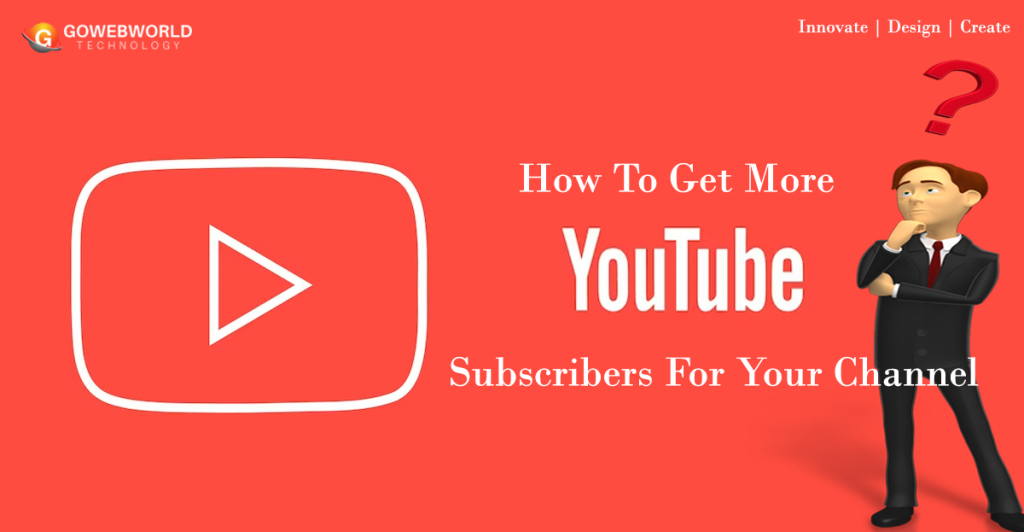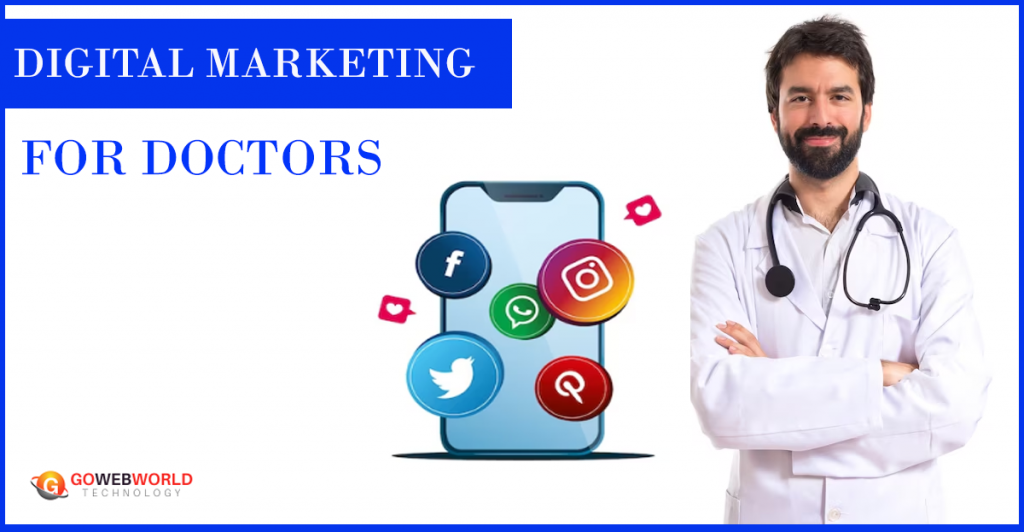Integrating AI into your Taxi Booking App can significantly enhance and uplift your services, offering a more efficient, personalized, and convenient experience for both passengers and drivers. Here are some ways to achieve this:
Smart Route Optimization:
Utilize AI algorithms to analyze real-time traffic data, historical trip patterns, and current demand to suggest the most optimal routes for drivers. This reduces travel time, fuel consumption, and overall costs, leading to quicker pick-ups and drop-offs for passengers.
Predictive Demand and Supply:
AI can forecast the demand for rides in specific areas and at particular times, enabling you to allocate drivers proactively and reduce passenger waiting times. By accurately predicting peak hours, you can ensure enough drivers are available during high-demand periods.
Personalized User Experience:
Implement AI-based recommendation systems to personalize the user experience for passengers. The app can suggest favorite or frequently visited locations, preferred vehicle types, and even offer customized discounts based on past behavior, leading to increased customer satisfaction and loyalty.
Real-time Driver Monitoring:<
Utilize AI-powered driver monitoring systems to ensure safe and responsible driving behavior. This can include monitoring speed limits, sudden braking, and adherence to traffic rules. Identifying and addressing any unsafe practices will enhance passenger safety.
Voice Assistance:
Incorporate AI-powered voice assistants to allow passengers to book rides, inquire about trip details, or give specific instructions using natural language. This hands-free interaction enhances accessibility and makes the booking process more seamless.
Driver Allocation Optimization:
Implement AI algorithms to intelligently assign drivers to nearby ride requests, taking into account factors like driver location, ride distance, and historical trip preferences. This leads to reduced wait times for passengers and optimal earnings for drivers.
Automatic Fare Estimation:
Utilize AI to estimate fares accurately based on distance, time, and other relevant factors. This transparency helps build trust with passengers and avoids any disputes over pricing.
Emotion and Sentiment Analysis:
Implement AI-powered sentiment analysis to gauge passenger satisfaction and driver behavior. Identifying areas of improvement and addressing negative experiences promptly can lead to improved service quality.
Fraud Detection and Prevention:
tilize AI to detect and prevent fraudulent activities, such as fake accounts, false reviews, or suspicious payment transactions, ensuring a secure environment for both drivers and passengers.
Autonomous Vehicles (Future Consideration):
Although still in development, AI-driven autonomous vehicles could revolutionize the taxi industry by offering self-driving taxis. By integrating this technology into your app once it becomes viable, you can provide an even more innovative and efficient service.
By integrating AI into your Taxi Booking App, you can enhance the overall user experience, optimize operations, and stay ahead in a competitive market, thereby uplifting your services to better serve your customers and drivers.

